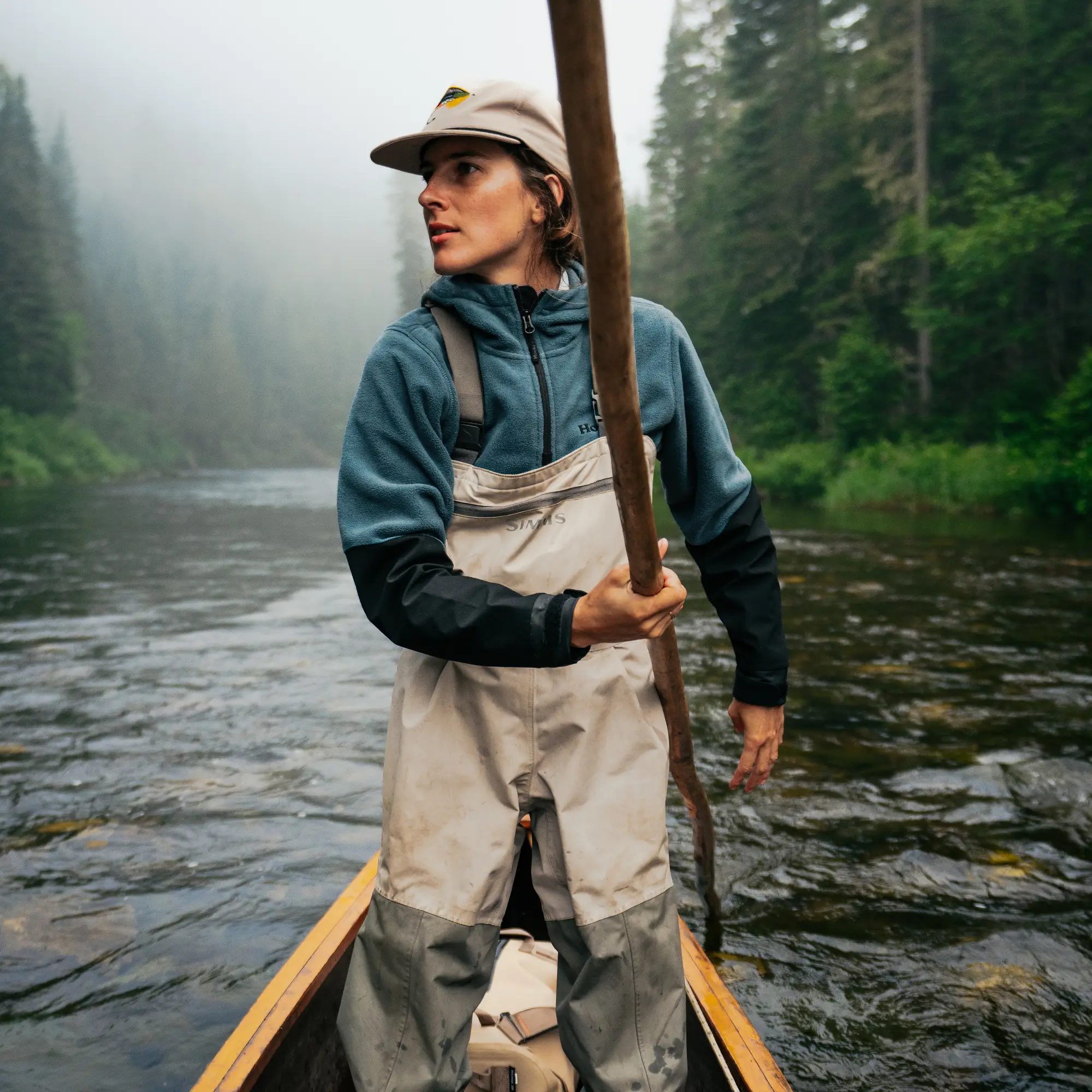When it comes to mastering fly fishing, choosing the right Fly fishing line can make the difference between a frustrating day and an unforgettable catch. Your line is more than just a link between rod and fly—it’s the lifeline that carries your cast, presents your fly naturally, and ultimately connects you to the fish. Understanding its types, uses, and best practices will help you fish with greater precision and confidence.
Understanding the Basics of Fly Fishing Line
Fly fishing lines differ significantly from traditional fishing lines. They are thicker, weighted, and specifically designed to load the rod during casting. Unlike monofilament or braided lines used in spin fishing, a fly fishing line provides both the casting weight and the delivery system for the fly. It’s categorized by weight, taper, and coating, each affecting performance and suitability for different fishing scenarios.
How Fly Fishing Line Weight Works
The weight rating of a fly fishing line corresponds to the rod’s weight rating, ranging from 1-weight (ultralight) to 14-weight (heavy-duty saltwater fishing). Matching line weight to rod weight ensures smooth casting and accurate presentation.
Importance of Line Taper
Taper refers to how the line’s thickness changes from one end to the other. Taper affects casting distance, presentation, and fly turnover. Common tapers include weight-forward, double-taper, and shooting-taper designs, each suited to specific conditions and fishing styles.
Main Types of Fly Fishing Line
Choosing the right type depends on your target species, fishing environment, and skill level. Here are the most common types:
Floating Fly Line
A floating fly line remains on the water’s surface, ideal for dry fly fishing, nymphing, and topwater patterns. Anglers often prefer it for versatility, especially in rivers and still waters. Its buoyancy makes mending and line control easier.
Sink-Tip Fly Line
This line has a floating running section with a sinking tip, allowing flies to reach deeper without submerging the entire line. Perfect for streamer fishing or targeting fish in mid-water columns.
Full Sinking Fly Line
Designed for deep-water fishing, a full sinking line submerges completely, making it effective for lakes, reservoirs, and deep rivers. Different sink rates are available, allowing anglers to control how quickly their fly descends.
Intermediate Fly Line
An intermediate line sinks slowly, offering a subtle presentation that’s ideal for wary fish in clear water. It’s commonly used for stillwater trout fishing or when fish are just below the surface.
Matching Fly Fishing Line to Your Target Species
Different fish species demand different line characteristics. For example, trout anglers often prefer weight-forward floating lines for dry flies and nymphs, while saltwater anglers might choose tropical floating lines with stiff cores to handle heat and powerful runs from species like bonefish or tarpon. Bass fishing might require sink-tip lines to present bulky streamers at the right depth.
Expert Tips for Choosing the Right Fly Fishing Line
1. Match Line to Rod and Reel
Always ensure your fly fishing line weight matches your rod and reel specifications. A mismatch can cause poor casting performance and potential damage to equipment.
2. Consider Water Conditions
Calm, clear water calls for subtle presentations—opt for intermediate or double-taper floating lines. In windy conditions or large bodies of water, a weight-forward floating line or shooting-head setup can help cut through resistance.
3. Think About the Flies You’ll Use
Heavier flies require lines with more front-end weight for turnover. Lighter flies benefit from delicate tapers that land softly on the water’s surface.
4. Seasonal Adjustments
Cold-water lines are designed to remain supple in low temperatures, while tropical lines have stiffer coatings to prevent limpness in heat. Using the wrong temperature-rated line can hinder performance.
Caring for Your Fly Fishing Line
Proper maintenance extends the lifespan of your line and ensures optimal performance.
Cleaning Your Line
After each fishing trip, especially in saltwater, rinse your fly fishing line with fresh water. Periodically clean it with a mild soap solution to remove dirt, algae, and grit that cause friction and reduce casting distance.
Storing Your Line
Avoid storing your line in extreme temperatures or direct sunlight for prolonged periods. Loosely coiling the line prevents memory loops and kinks.
Inspect for Damage
Regularly check for cracks, nicks, or worn coatings. Damaged lines can compromise casting and break under pressure during a fight.
Common Mistakes to Avoid with Fly Fishing Line
Overlooking Line Maintenance
Even premium fly fishing lines deteriorate without care. Dirty or damaged lines cause poor casts and shorten lifespan.
Using the Wrong Line for the Environment
A floating line in deep, fast-moving water can make it nearly impossible to reach fish holding near the bottom. Likewise, using a heavy sink-tip in shallow streams can spook fish.
Ignoring the Taper Profile
Many beginners focus only on line weight, ignoring taper design. A well-chosen taper can drastically improve casting and presentation.
Advanced Techniques for Mastering Fly Fishing Line
Mending for Better Drift
Mending is adjusting the position of your line on the water to eliminate drag and achieve a natural drift. Mastering this skill increases your catch rate, especially in current-heavy rivers.
Shooting Line for Distance
By minimizing false casts and allowing the line to shoot through the guides, you can increase distance without sacrificing accuracy—ideal for covering large areas of water.
Playing with Sink Rates
Experimenting with sink rates lets you target fish at different depths. Carrying multiple lines or interchangeable sink tips provides adaptability throughout the day.
Final Thoughts: Elevate Your Fly Fishing Game
Selecting and mastering the right fly fishing line is one of the most impactful decisions an angler can make. It’s not just about floating or sinking—it’s about matching your line to your rod, flies, water, and target species for the best possible results. Invest in quality lines, maintain them well, and practice advanced techniques to transform your time on the water from average to exceptional. Whether you’re stalking trout in a mountain stream or chasing saltwater giants, the right line will help you connect more effectively with the fish—and the experience.




